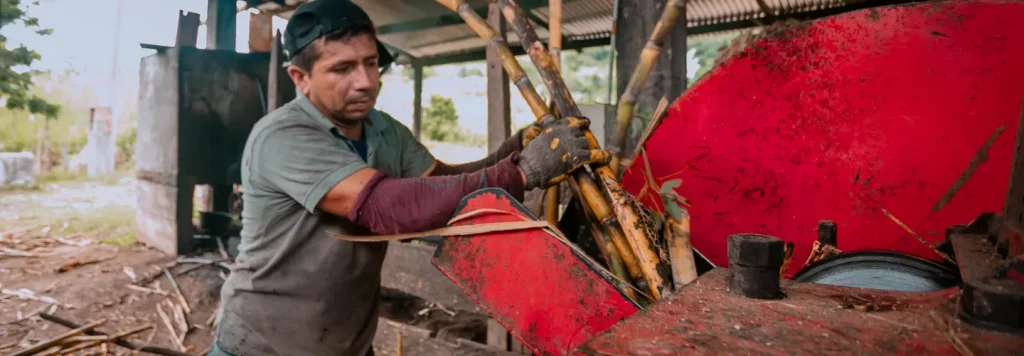Here’s a quick guide to some safety precautions to keep in mind when using wood chippers.
Wood chippers are an efficient way for arborists (and individuals) to clean up wood, fallen branches, and other debris, but their force and rapidly moving blades pose serious dangers. With the help of The Cincinnati Insurance Companies, here is a list of wood chipper safety practices to keep in mind to operate the machinery safely and effectively.
BEFORE STARTING
First, know the machine. Make sure you understand how it works, how to access its safety controls, how to start and stop, and how to reverse. Ask another person to be nearby when you are using the machine; do not operate it while alone.
- Clear the area near the wood chipper of tripping hazards; clean up sawdust and debris as necessary
- Inspect the chipper before each use; do not use it if you see signs of damage such as cracking
- Locate and check the emergency stops and brakes to make sure they are working
- Wear work gloves, eye and face protection (safety glasses), and earplugs to reduce the potential for injury
- Wear tight-fitting clothing with no loose cuffs, shirt tails, or straps; remove jewelry
- Read and understand all safety signs, warnings, and instructions on the machine
- Test the shut-off controls
- Close and latch the chipper’s disc hood before beginning, and make sure there are no foreign objects in the infeed area
WHILE OPERATING
Stand to the side of the infeed chute when feeding material into the chipper. This reduces the hazard of potentially being caught in the mechanism and allows quick access to emergency stop devices. Never use a wood chipper on a slope or incline, and never reach into a chipper with your bare hands while it is operating.
- Stand free and clear of the chute as you feed materials into the machine
- Keep hands and feet out of the immediate infeed chute area unless the chute is properly disengaged and de-energized
- Use locking pins to disable the disc-cutting wheel when attempting to clear a clogged chipper chute or changing chipper blades
- Load the machine only within its capacity; overloading can increase the likelihood of accidents
- Cut wood to size prior to feeding it into the chipper
- Push material into feed rollers with a long-handled tool
- Feed branches into the chipper butt-end first
- Place shorter branches on top of longer branches being fed into the chipper
- Confirm the wood doesn’t contain foreign materials such as glass or metal that might act as a projectile
- Maintain a safe distance between the chipper and other workers
- Start at the lowest speed first and listen for loose parts, adjusting as needed
- Use the appropriate lockout system to ensure the chipper is de-energized
- Direct the discharge chute away from people
Never take shortcuts with wood chipper safety- one incident is all it takes to cause serious or lethal injury. If you’re an arborist, de-forester, clear cutter, or just a landscaping professional who uses a wood chipper frequently for work, consider reaching out to The Feltner Group to set up an arborist insurance policy.
